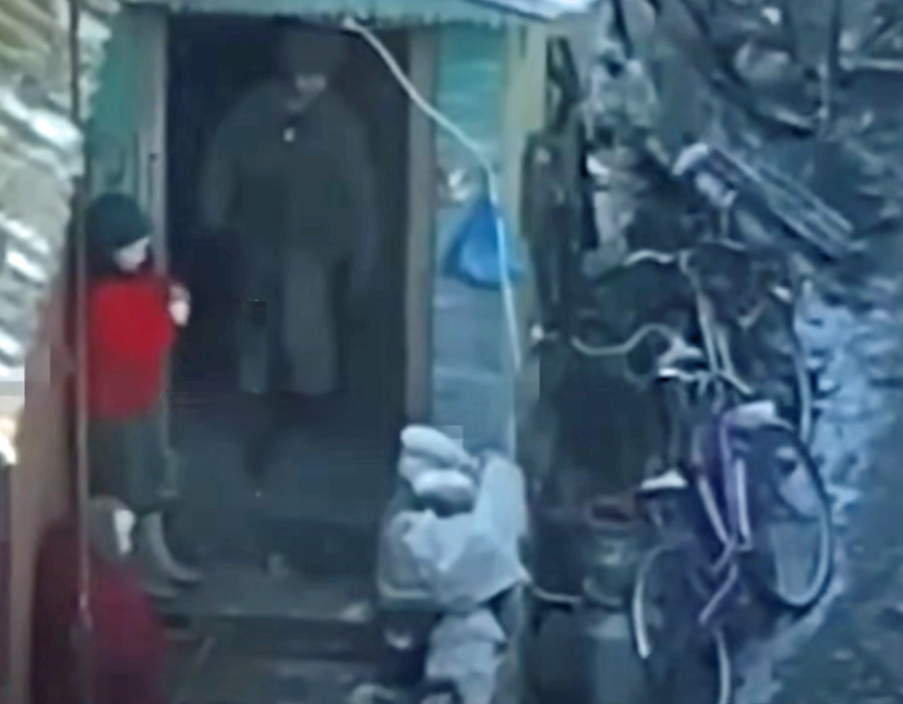The Sukhoi Superjet 100 (SSJ100) aircraft, which came into service in 2014, went down in a forested area near the village of Apraksino about 90 kilometers (55 miles) southeast of the Russian capital on Friday, July 12. It was carrying no passengers, but its three-man crew were killed.
TASS, Russia’s state-run media reported that the plane, which belonged to Gazprom avia, a carrier owned by the Gazprom energy conglomerate, crashed during a test flight following repair works. According to an airline spokesperson the plane had taken off from the Lukhovitsy aircraft-making plant and was heading to Moscow’s Vnukovo airport when it crashed eight minutes after takeoff.
JOIN US ON TELEGRAM
Follow our coverage of the war on the @Kyivpost_official.
The cause of the crash isn’t immediately known, but some Russian media reports indicated that both plane’s engines may have failed, with some suggesting a possible bird strike, a fuel issue or a failure of the local repair.
It was later reported that the test flight had not been authorized by Rosaviatsiya, the Federal Air Transport authority because of which the Investigative Committee, the country’s top state criminal investigation agency, had launched a probe into the crash.
Although a domestically produced aircraft the SSJ100 incorporates many Western-sourced components, including the French produced Safran SaM-146 engine. Prior to Russia’s February 2022 full-scale invasion of Ukraine Safran carried out the maintenance, design and manufacture of parts for its engines but withdrew from Russia in March 2022.
Did Ukraine Just Break Russia? The Shocking Kursk Offensive Explained
Sanctions imposed by the US and EU after Russia’s full-scale invasion have deprived its aviation industry of the support provided by foreign aircraft manufacturers needed to keep their aircraft flying safely. The instances of in-flight emergencies and other aviation instances have been increasing.
In 2023 almost 700 incidents were reported of which 400 were associated with equipment failure causing fires and other malfunctions in engines during flights, damage to the landing gear, breakdowns of the flaps and failure of guidance systems.
It was reported in May that Russia was now confident it could in future maintain and repair the so-called “hot” parts of its aircraft including engines, auxiliary power units, landing gear and so on. The crash of this aircraft following a supposed domestic repair must cast doubt on that.
A statement from the State-owned defense conglomerate Rostech said people should not “rush with conclusions” on what caused the crash.
Introduced in 2011 the SSJ100 was hailed as as a major achievement for Russia’s civil aviation industry as the great white hope to reduce the country’s reliance on Western aviation.
However, since the plane entered service, it has been dogged by malfunctions and high maintenance costs that made Russian carriers reluctant to buy it and attempts to market the aircraft abroad largely failed with those few foreign customers who did buy them have since phased their Superjets out of service.
You can also highlight the text and press Ctrl + Enter







